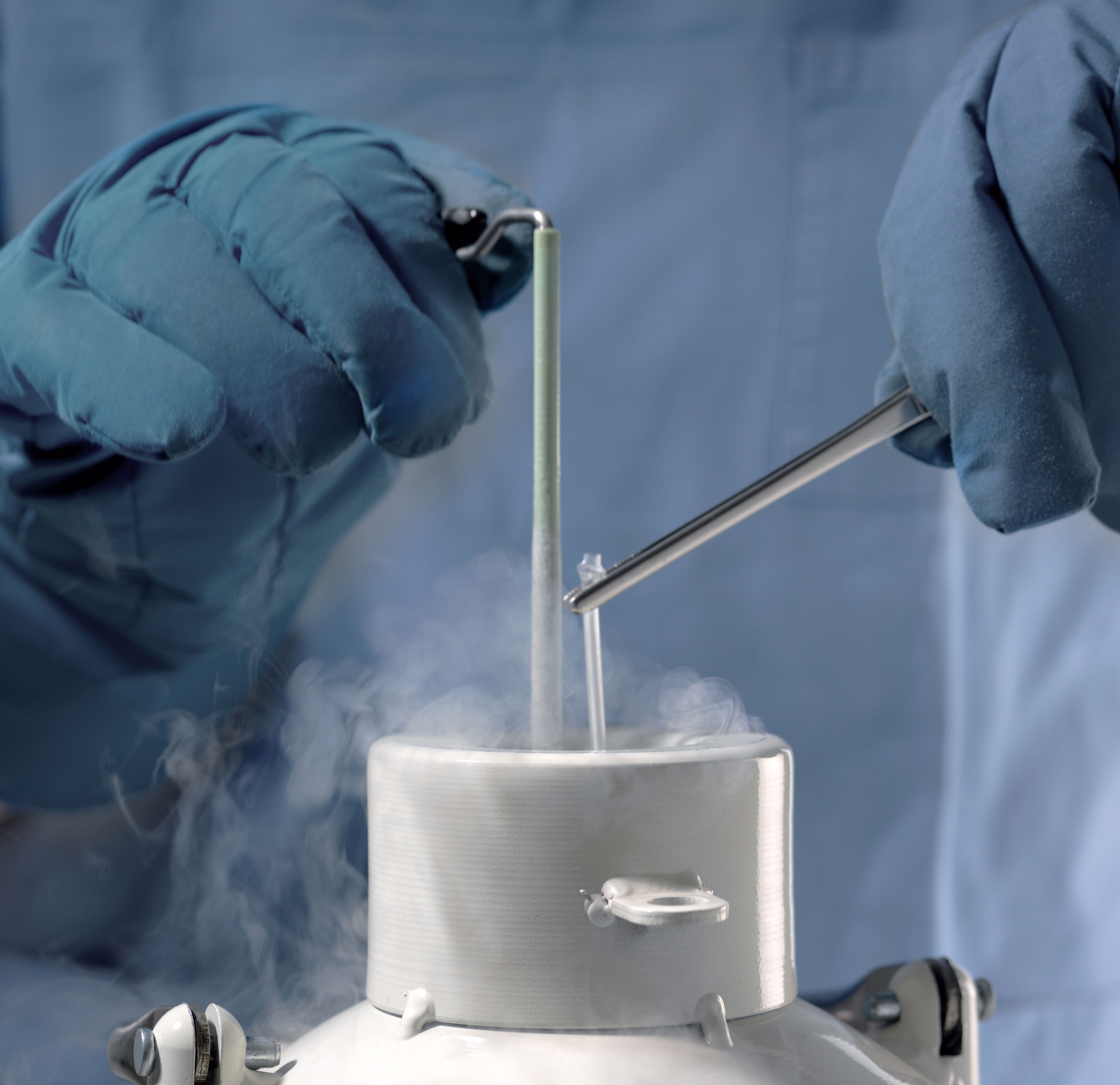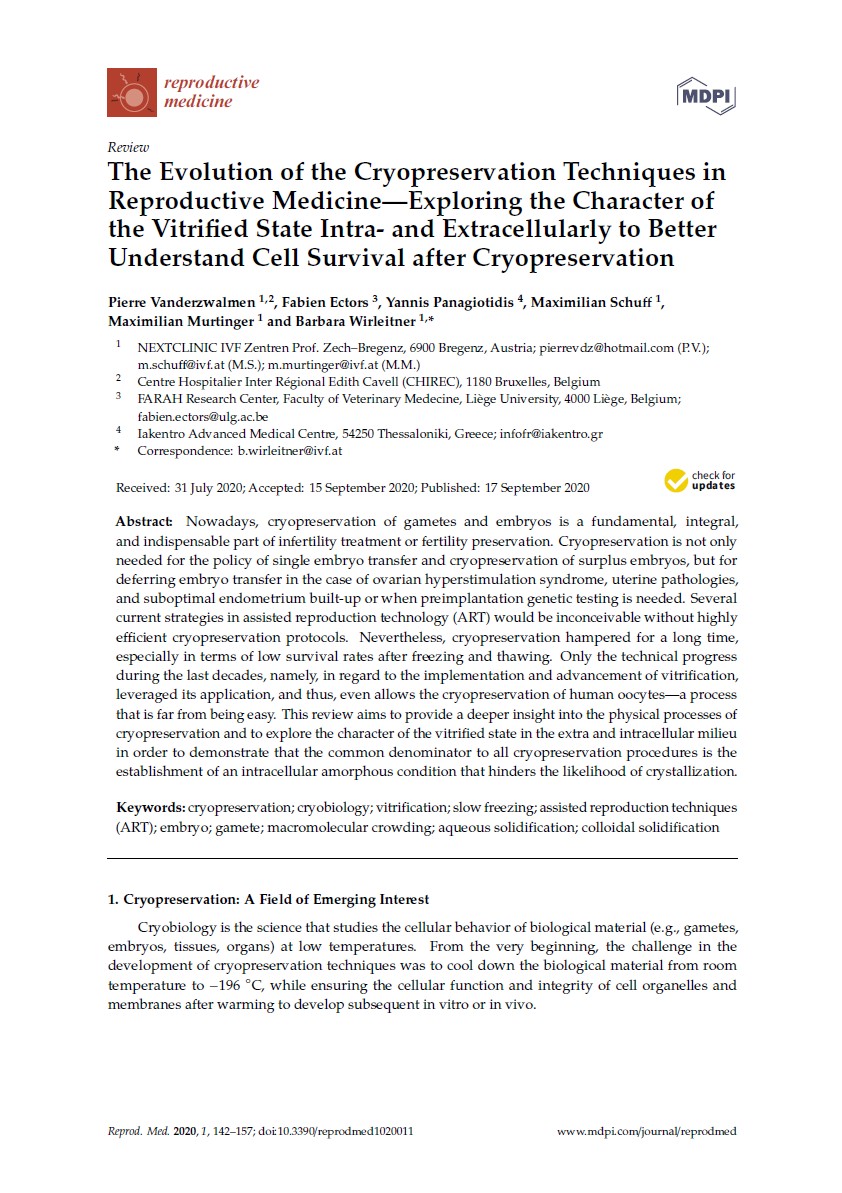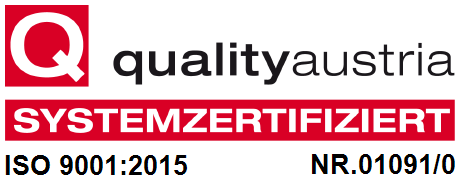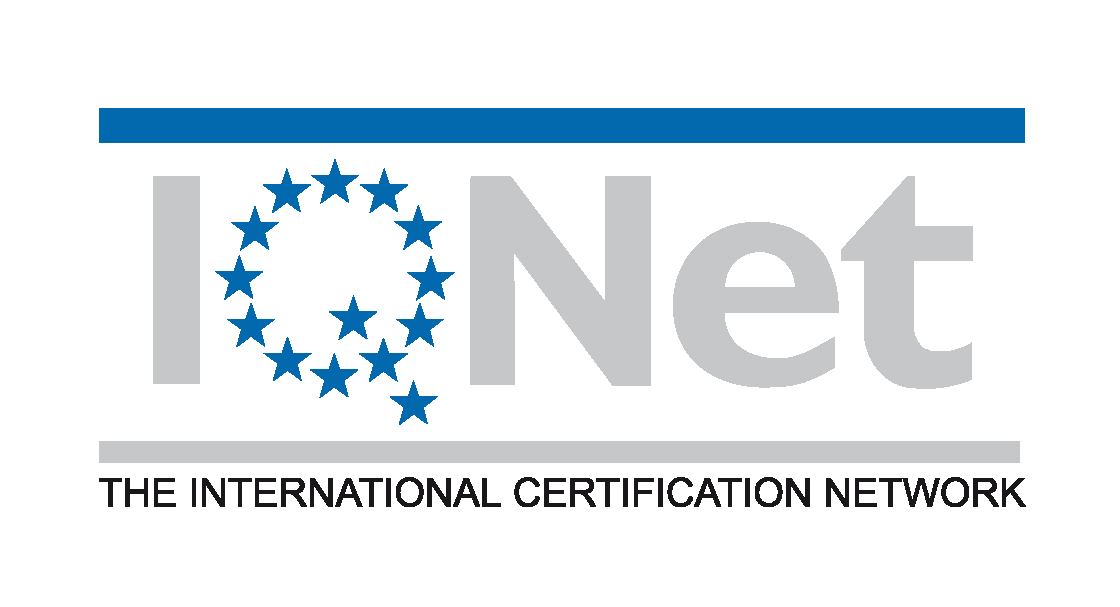Kryokonservierung
Tiefgefriertechnik
Das Einfrieren und "Lagern" von menschlichen Zellen und Gewebe erfolgt bei tiefen Temperaturen. Diese Temperaturen werden mit Hilfe von flüssigem Stickstoff (-196°C) erreicht. Unter diesen Bedingungen können z.B. unbefruchtete Eizellen, Samenzellen sowie befruchtete Eizellen und Embryonen über einen längeren Zeitraum ohne Beeinträchtigung ihrer Lebensfähigkeit und Funktion konserviert werden. Eine moderne und innovative Technik der Kryokonservierung ist die aseptische Vitrifikation (mehr Infos).
1. "Wann ist eine Kryokonservierung wichtig für mich?"
2. Tiefgefrieren von Samenzellen und Hodengewebe
3. Tiefgefrieren von unbefruchteten Eizellen
4. Tiefgefrieren von befruchteten Eizellen
5. Tiefgefrieren von Embryonen in verschiedenen Entwicklungsstadien
│ © 2021 Next Fertility IVF Prof. Zech
1. "Wann ist eine Kryokonservierung wichtig für mich?"
... bei einer Kinderwunschbehandlung
Im Verlauf einer Kinderwunschbehandlung können Situationen auftreten, die das Einfrieren von befruchteten Eizellen und Embryonen in bestimmten Entwicklungsstadien notwendig machen, z.B.:
- wenn der Aufbau der Gebärmutterschleimhaut (Endometrium) nach der erforderlichen hormonellen Stimulation nicht optimal verlaufen ist, und der Embryotransfer nicht sofort stattfinden kann
- wenn ein Überstimulationssyndrom (OHSS) aufgetreten ist
- bei genetischen Untersuchungen mittels PGD/PGS (international neue Begriffsbezeichnungen: PGT-A, PGT-M, PGT-SR)
- bei der Rückgabe von nicht mehr als 1 Embryo ("Single Embryo Transfer"), d.h. in Situationen, wo neben dem/den zu transferierenden Embryo/nen (max. 2) weitere Embryonen aus dem Therapie-Zyklus hervorgehen, werden diese kryokonserviert.
- bei primären Kryo-Zyklen
... für "Fertility Preservation"
Hier werden vorsorglich Maßnahmen ergriffen, um die Fruchtbarkeit im Zuge des Alterungsprozess oder im Falle einer schweren Erkrankung zu erhalten, z.B.:
- bevorstehende Bestrahlungs- oder Chemotherapie
- die Familienplanung erfolgt zu einem späteren Zeitpunkt
2. Tiefgefrieren von Samenzellen und Hodengewebe
Spermien können aus dem Ejakulat, dem Nebenhoden und aus Hoden gewonnen werden. Alle diese Spermien können tiefgefroren und so für eine Behandlung konserviert werden. Für Tumorpatienten ist es sinnvoll, vor einer Chemotherapie oder einer radiotherapeutischen Behandlung ein Samendepot anlegen zu lassen, um später auf Samenzellen für eine Kinderwunschbehandlung zurückgreifen zu können, sollte durch die Therapie das Hodengewebe geschädigt werden. Es ist wissenschaftlich belegt, dass die jeweilige Lagerungsdauer keinen Einfluss auf die Samenqualität haben. Fremdspender-Samen können ebenso eingefroren werden. Nach der Kryokonservierung wird der Spender, innerhalb einer festgelegten Zeitspanne, erneut auf spezifische Infektionsparameter entsprechend gesetzlichen Vorschriften untersucht. Erst wenn dieser Befund negativ ist, wird der Samen freigegeben.
3. Tiefgefrieren von unbefruchteten Eizellen
In medizinischen Situationen, wo die Eizellen der betroffenen Frau Schaden nehmen, z.B. durch eine bevorstehende Bestrahlungs- oder Chemotherapie, oder aber auch aufgrund von gesellschaftlichen Entwicklungen (sog. "später Kinderwunsch"), kann ein vorsorgliche Kryokonservierung der Eizellen zielführend sein (siehe "Eizellvorsorge").
4. Tiefgefrieren von befruchteten Eizellen
Auch Eizellen im Vorkernstadium (Zygote) am Tag 1 der Entwicklung können sicher kryokonserviert werden. Die Auftau- und weitere Entwicklungsrate bis zur Blastozyste ist sehr gut.
5. Tiefgefrieren von Embryonen in verschiedenen Entwicklungsstadien
Wenn bei einer Kinderwunschbehadlung neben dem/den zu transferierenden Embryo/nen (max. 2) weitere Embryonen aus dem Therapie-Zyklus hervorgehen, werden diese kryokonserviert. Embryonen können in jedem Entwicklungsstadium (vom Tag 2 bis Tag 6) eingefroren werden.








